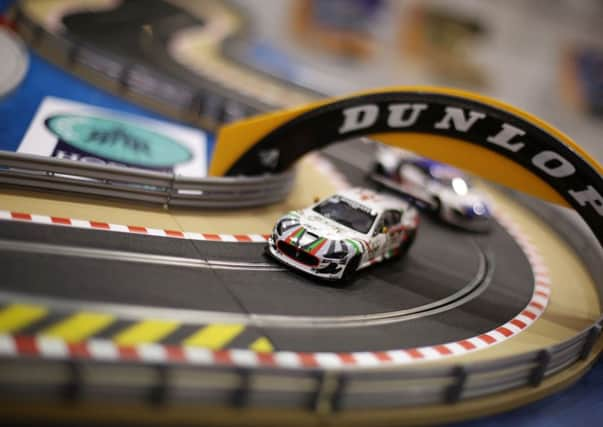Talking Motors: Will plug-ins ever be considered classics?


But that’s okay - more petrol for the rest of us.
The question isn’t whether the popularity of electric cars will continue to grow. The answer to that is becoming pretty clear with every Nissan Leaf, BMW i3 or Ford Fusion Energi we see not spewing out fumes at traffic lights.
The question I’m interested in also isn’t a moral one. The debate about whether electric or hybrid cars are actually cleaner will rage on with arguments put forward and countered on both sides.
Advertisement
Hide AdAdvertisement
Hide AdMy mind asks, every time I climb into an Ubered Toyota Prius, will the car I’m sat in ever be considered a classic?
(Interestingly, one per cent of Priuses sold become Ubers – no wonder London’s streets in the small hours look like they’re being taken over by an army of identical giant robotic ants).
It would be interesting to take a leap forward and peer into garages in 50 years’ time, where driveways are replaced by miniature helipads and the car enthusiast of tomorrow is wiring a plug rather than draining an oil sump.
But electric cars are nothing new.
A chap called Thomas Parker built the first production electric car in 1884, and four years later German entrepreneur Andreas Flocken weighed in with what is seen by many as the first proper electric car – the wonderfully-named Flocken Elektrowagen.
Advertisement
Hide AdAdvertisement
Hide AdElectric cars were popular at the turn of the 20th century, for their ease to operate (no gear changes) and the notion they were easier to start than petrol cars – or steam cars, which could take the best part of an hour to get going on cold mornings.
But their limited range and discoveries of petroleum reserves led to their decline, with the format being largely confined to milk floats.
Electric was of course tried again. But the grand total of 47 sales for the Henney Kilowatt between 1959 and ‘60 is a strong hint of attitudes towards electric cars in the mid point of the 20th century.
But many of us invested a lot of time on getting the best out of electric cars without even realising it. We owned entire collections and would spend our weekends on the boards in the loft racing them around Scalextric tracks. If only they made full-size versions as fun, without the spectacular crashes obviously.
Advertisement
Hide AdAdvertisement
Hide AdIn the real world, when the Toyota Prius arrived in the UK in 2000, fewer than 1,500 mark Is were shifted, possibly thanks to their socks and sandals image.
The battery was intended to have a life of 10 years, or roughly 100,000 miles, and if you can find one today, there’s a good chance the it will either be thoroughly tired or as kaput as an Elektrowagen.
But there will be an enthusiast. Somewhere.
Remember, many cars which hold our affections so dearly today were never intended to be special.
Ford Anglias, Morris Minors, even Minis and VW Beetles were never supposed to be cherished heirlooms.
Take a look into the future and someone will be figuring out how to fix that battery on the Prius you’ve just texted from the bar.